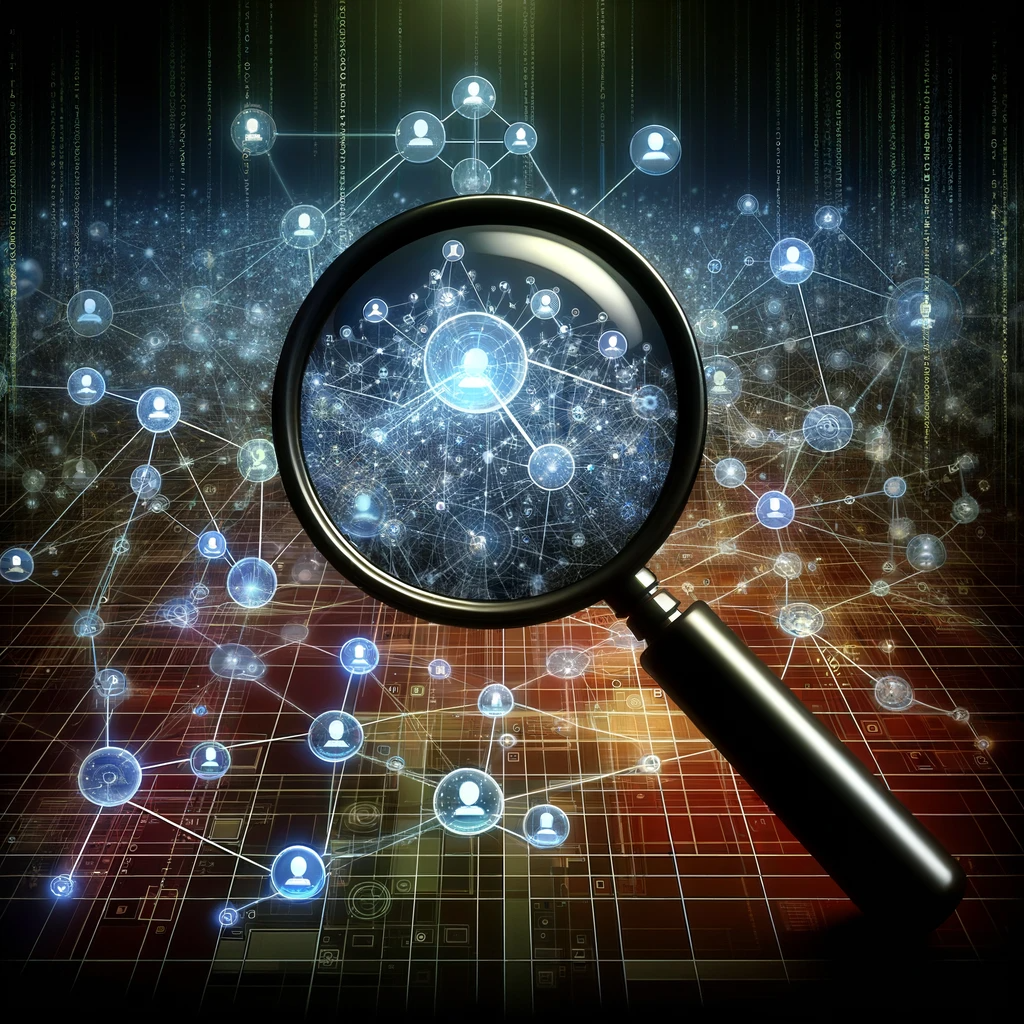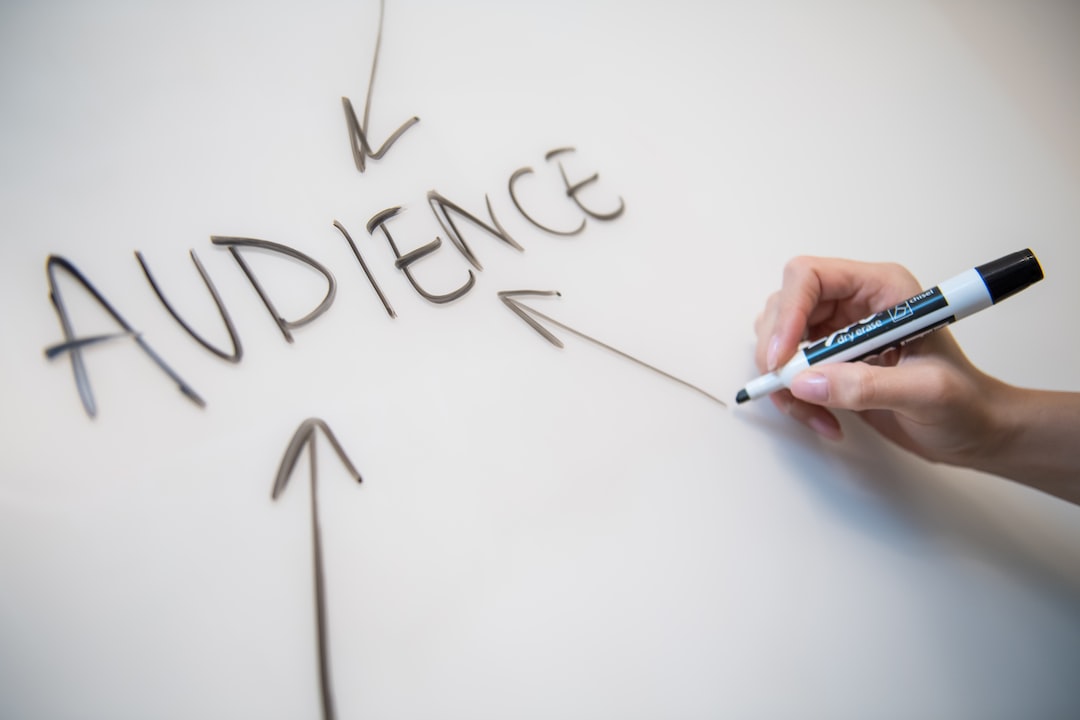There are some unique things about B2B SaaS marketing that make the sales and marketing process different than with other tech tools. It takes a slightly different approach to SaaS marketing strategies.
While there’s a faster sales cycles and timeline, you have to adapt your B2B SaaS marketing strategies to the subscription/participation rate model. You are selling a service and not a product and that changes the equation. For example, free trials of the full product work great. There’s little (if any) incremental cost to add a customer and little risk. A limited time offer gives the prospect a chance to road test the service without limits. If they don’t follow through and convert to a customer, you just pull their access.
Existing B2B SaaS customers are strong targets for upsell and cross-sell opportunities. Marketers that can leverage their current base of customers can accelerate their B2B SaaS marketing campaigns to new heights.
Marketing SaaS services can be layered. Getting to the economic buyer has always been a key to sales. However, with SaaS products, you have multiple stakeholders, including managers and users to convince. You will need to tailor your B2B marketing strategies to approach each of these key decision makers. Your marketing message should undergo changes depending on who you are targeting.
Table of Contents
ToggleThe Most Effective B2B SaaS Marketing Strategies
To be effective, you’ve got two options: Track down the prospective customers or create marketing that helps them find you. While both marketing strategies can work, the first (outbound marketing) can be an expensive proposition because you are targeting a wide group of potential customers without knowing whether they have an interest in your product.
Inbound marketing strategies work exceptionally well in the B2B SaaS marketing arena as prospects progress through the customer journey. Providing the right information and marketing to the right person at the right time can accelerate success.
The Customer Journey
You likely already know about the importance of your website and landing pages, essential SEO tactic, paid search, and optimizing social media. It’s just as important that you understand how your potential customers move through the buying process in each of the five stages:
- Awareness
- Engagement
- Evaluation
- Purchase
- Post-Purchase.
Awareness
At the top of the sales funnel, you need content that positions your company and your services as reliable and trustworthy. People rarely buy from companies they have never heard of before or they don’t trust. This means your first job is building assets and resources that encourage users to be drawn to you by understanding their challenges and implementing content accordingly.
More than 90% of B2B buyers have identified a need and have a rough idea of what they need before they ever make contact with a sales rep. Nearly 50% identify the specific product or service they need before connecting. If you’re not in the mix when prospective customers are doing their research, you are missing more than half the available market. To make matters worse, your best prospects – those actively researching products – are your biggest opportunity. You’ve got to get your name out there and create a level of trust with prospects so when they do their research, they find you.
Example Strategies:
- Thought-leadership pieces help establish your credibility
- Blog articles about industry issues with helpful tips
- Showcasing your organization’s role in industry conferences
- Data and insights that will catch the attention of decision makers
Engagement
In the engagement phase, prospects are aware of who you are and are open to what you’re B2B SaaS marketing if offering. Delivering relevant – and free – content to prospects can nurture them and help them move to the next phase. It’s a good time to try to collect some basic information and get them into your information eco-system.
Example Strategies:
- Email newsletters, blog signups, social media follows
- Product demos
- Case studies of successful customers
- Expert advice on solutions to common problems
Once prospects know who you are, gated content can help move them through the funnel. Consider offering relevant information as a free download in exchange for letting you capture their email. Leveraging email list building strategies is crucial in SaaS marketing as this can provide you with good user retention opportunities and strong email marketing campaigns for lead generation.
Evaluation
As the research by your prospect continues, they will start to have a good idea of what solution they need. They will start to comparison shop and see how different companies approach meeting their needs.

Example Strategies:
- Comparison of you and your competitors
- Showcase the uniqueness of your services and your biggest USP (Unique Selling Proposition)
- “How To” articles or videos demonstrating how easy it is to use your product
- Webinars
A free trial of your service works exceptionally well at this phase. If you can get them to try it, they are approaching the final stages.
Don’t forget about SaaS review sites. If prospective customers are doing research, they are looking at review sites. You want to make sure get listed – with accurate information – on the popular SaaS review platforms and respond directly to those making comments.
Top 10 Ranking of SaaS Review Sites
Source: Alexa Rankings
- Trustpilot
- Capterra
- G2 Crowd
- FinancesOnline
- GetApp
- TrustRadius
- IT Central Station
- Technology Advice
- Crozdesk
- SaasGenius
Purchase
When your prospect is ready to buy, make sure you make it easy for them to convert. You want to remove as much friction as possible. SaaS marketing strategies in this phase should work to validate their buying decision.
Example Strategies:
- Demo of the signup process
- Detail what to expect after the sale
- Success stories from other customers

Post-Purchase
There’s a direct correlation between customer satisfaction and renewals. It might be easy to market your services once but making sure B2B buyers are happy with they receive is critical. Surveying and collecting feedback from your clients are crucial to the success of the product and can help frame your marketing. Product feedback can provide audience intelligence and upsell opportunities.
Example Strategies:
- Customer surveys
- Thank you notes
- Scheduled check-ins
B2B SaaS Marketing Automation
If it sounds like a lot of work, it can be. That’s why so many marketers have turned to B2B marketing automation to drive prospects through the sales funnel with the right marketing at the right time. You want to automate as much of the process as possible so that you can focus on your core business strategies.
Affiliate marketing also works well for SaaS companies to drive leads. While not technically marketing automation, it does automate some of the marketing process. Affiliates, including current customers, provide an implicit endorsement of your services and you can trade on their credibility.
Deliver Great Customer Experience Throughout
Throughout the entire B2B SaaS marketing process, you’ve got to provide a superior customer experience. From the first time they see anything about your company until they sign up and they are using your service. A bad experience can only cost you a customer but can damage your reputation with other prospective customers.

This means making sure your marketing inventory is complete. You need to have developed content that answers the prospect’s questions and showcases your product in the right light. This may sound so simple, but one of the biggest complaints B2B buyers have is that they can’t easily get an answer to their specific questions. This frustration can drive even eager buyers right to your competitors.
As Warren Buffet once said, “It takes 20 years to build a reputation and five minutes to ruin it.” In the end, it’s about providing exceptional customer service even before they become an actual customer.











